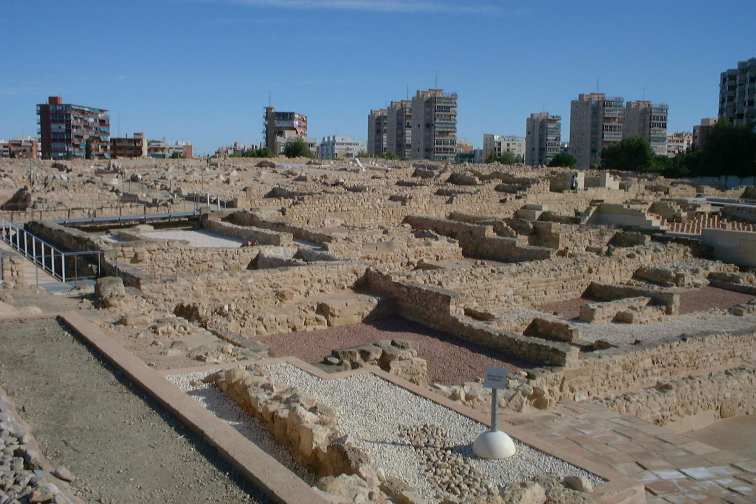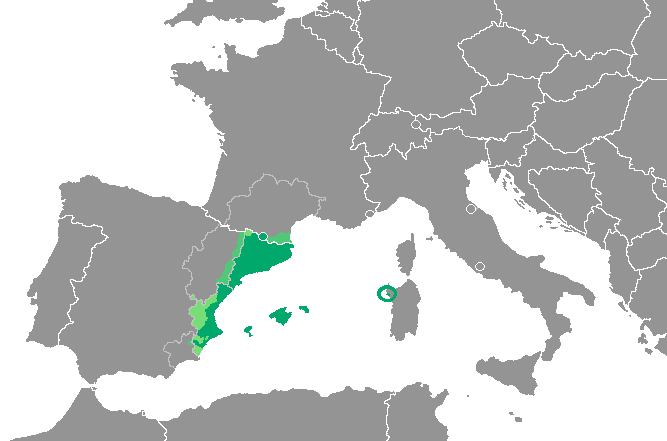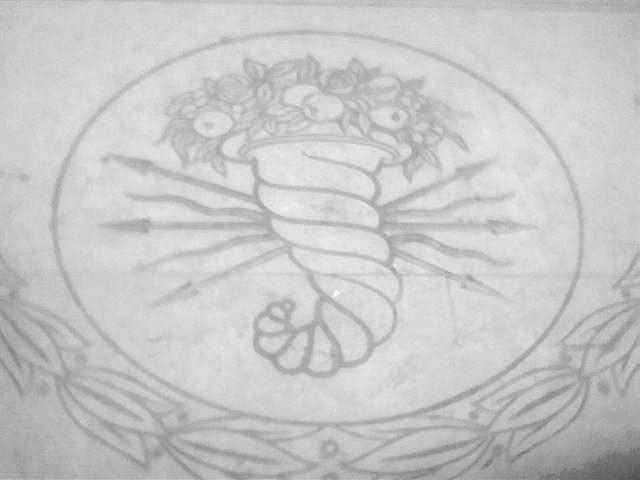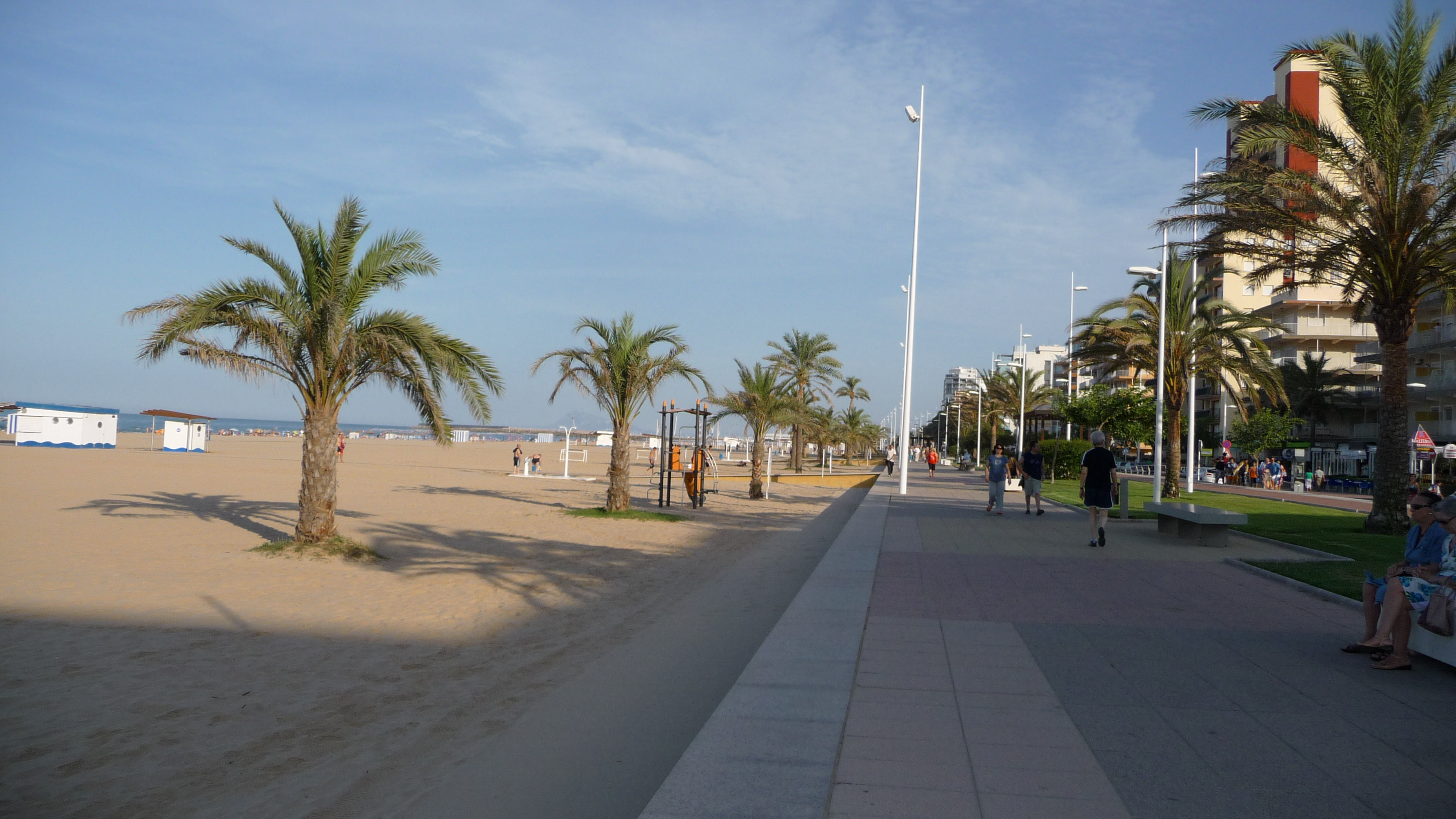|
Valencian Trinquet
Valencian trinquet, or simply trinquet (), is the court used in the Valencian Community for two different modalities of Valencian pilota: the Escala i corda and the Raspall. Court Trinquets are closed rooms of variable size: from 8.5–11 m wide and 45–60 m long. The short walls are called "frontons", and the long are the "muralles", 4–6 m high. The ball may bounce at them as many times as desired. On the ''frontons'' there are usually seats for the spectators, these are called the "galleries". And sometimes on the ''muralles'', too. There are also stairs (''escales'' in Valencian) built on one of the ''muralles''. Spectators may seat on them as well at their own risk. The ball is played many times on them since the stairs (and bodies of the people) may cause fast and unexpected bounces. The court is divided in two midfields, the "dau" and the "rest". On the corner of the "dau" ''frontó'' and the stairs there is a square draw on the ground, it's the dau (''dice'' in ... [...More Info...] [...Related Items...] OR: [Wikipedia] [Google] [Baidu] |
Trinquete Pedreguer , a court used in the Valencian Community for two different modalities of Valencian pilota
{{disambig ...
Trinquete (in Spanish) or trinquet (in Catalan and French) can refer to the popular and shortened names for two different ball game courtfields: * Basque trinquete, a court for various indoor versions of pelota with some of the features of a real tennis court * Valencian trinquet Valencian trinquet, or simply trinquet (), is the court used in the Valencian Community for two different modalities of Valencian pilota: the Escala i corda and the Raspall. Court Trinquets are closed rooms of variable size: from 8.5–11 ... [...More Info...] [...Related Items...] OR: [Wikipedia] [Google] [Baidu] |
Valencian Community
The Valencian Community is an Autonomous communities of Spain, autonomous community of Spain. It is the fourth most populous Spanish Autonomous communities of Spain, autonomous community after Andalusia, Catalonia and the Community of Madrid with more than five million inhabitants.Instituto Nacional de Estadística, Madrid, 2020. Its eponymous capital Valencia is the third largest city and metropolitan area in Spain. It is located along the Mediterranean Sea, Mediterranean coast on the east side of the Iberian Peninsula. It borders Catalonia to the north, Aragon and Castilla–La Mancha to the west, and Region of Murcia, Murcia to the south, and the Balearic Islands are to its east. The Valencian Community is divided into three Provinces of Spain, provinces: province of Castellón, Castellón, province of Valencia, Valencia and province of Alicante, Alicante. According to Valencia's Statute of Autonomy, the Valencian people are a ''nationalities and regions of Spain, "historical ... [...More Info...] [...Related Items...] OR: [Wikipedia] [Google] [Baidu] |
Valencian Pilota
Valencian pilota ( "Valencian ball") is a traditional handball sport played in the Valencian Community. Its origins are not known. Rules variations within the generic ''Pilota Valenciana'' category are frequent from area to area but the common trait is that the ball is struck with a bare, or almost bare, hand (only minimal protection is applied in some versions of the sport). The general rule involves two teams made from two up to five players each (the numbers depend on the particular version played). Exceptionally, individual matches are also played (mostly in Escala i corda and Raspall) between the most renowned players. The second characteristic is that it is not played against a wall. Instead, similar to modern tennis, two individuals or teams are placed face to face separated either by a line on the ground or a net in all of modern modalities except for the frontó. A distinctive trait of Valencian pilota is that the spectators are often seated or standing very close t ... [...More Info...] [...Related Items...] OR: [Wikipedia] [Google] [Baidu] |
Escala I Corda
Escala i corda (, "stairs and rope") is the most prestigious variant of Valencian pilota, and the only one apart from raspall to have professional players. History The "Escala i corda" variant began around 1910, when the player Nel de Murla settled a 1.80 m high rope in the middle of a trinquet and thus divided the courtfield in two sides. Until then, the midfield was variable, using the "ratlles" of the Llargues variant. Ball In "Escala i corda" a kind of ball called pilota de vaqueta ( Catalan for ''little cow ball'') is used; it is a small and extremely fast ball, very tough, and bounces well. The name comes from the fact that it is made of cow leather. The dimensions of the ball for adult games are 42 mm diameter, 138 mm circumference, and 42 gr weight. Rules The objective of an ''Escala i corda'' game is sending the ball over a net by hitting it with the hand. When the opponent does not return it, the sending team wins the ''quinze''. Matches are play ... [...More Info...] [...Related Items...] OR: [Wikipedia] [Google] [Baidu] |
Raspall
Raspall (, "scraping") is a variant of the handball game Valencian pilota, played mainly in the Valencian regions south to the Xúquer river: the Vall d'Albaida, the Safor, the Costera, the Marina Alta and the Marina Baixa. It is also popular in the Ribera Baixa. It is one of only two variants that have professional players—the other being Escala i corda. The game may be played either indoors in a trinquet or outdoors on the street. In either case the playing area is divided into two halves called the "serving" and "receiving" fields. Among its distinguishing features is the lack of any formal divider between the two halves and the rule that the ball is allowed to bounce as many times as desired. This rule makes the game one of the most energetic variants of Valencian pilota, as the players must frequently stoop to hit the ball close to the ground. Etymology "Raspall" matches may be played in a trinquet or on a street, with some minor changes on the rules. Playing a ... [...More Info...] [...Related Items...] OR: [Wikipedia] [Google] [Baidu] |
Valencian Language
Valencian () or the Valencian language () is the official, historical and traditional name used in the Valencian Community to refer to the Romance language also known as Catalan language, Catalan, 'hour'. However (although regarded as non-standard), there are cases where regressive metaphony occurs over pretonic vowels; e.g. > 'affects', > 'towel'. :** Vowel harmony differs greatly from dialect to dialect, while many varieties assimilate both to the height and the quality of the preceding stressed vowel (e.g. 'Earth, land' and 'woman'); in other varieties, it is just the height that assimilates, so that and can be realised with either ( and/or ) or with ( and/or ), depending on the region and speaker. :*** In some subvarieties the unstressed vowels produced by vowel harmony may actually be higher than the stressed ones (e.g. 'door'). :* In a wider sense, vowel assimilations can occur in further instances (that is all or most instances of final unstressed , r ... [...More Info...] [...Related Items...] OR: [Wikipedia] [Google] [Baidu] |
Circuit Bancaixa
The Circuit Bancaixa (; "Bancaixa League"), officially Liga Profesional Escala i Corda, is the professional league of Valencian pilota. Circuit Bancaixa name is taken from its main sponsor, the Valencian savings bank Bancaixa, (later Bankia and now part of CaixaBank). During the period 1991–1992, it replaced the Campionat Nacional d'Escala i Corda, which had existed from 1952–1990. The league was initially created by the retired ''pilotari'' Alfred Hernando (aka ''Fredi''). The league, which originally just featured the best local players, has since expanded and gained prestige. Some famous former players include Sarasol I, Pigat II, and Álvaro. During the 2007-2008 sports season, eight teams participated for the first time, with three ''feridors'' and six replacing ''pilotaris''. Each team was composed of two or three members from the ValNet firm. Teams had to score as many points as possible to remain in the competition (3 points for victory, and 1 point in case of los ... [...More Info...] [...Related Items...] OR: [Wikipedia] [Google] [Baidu] |
València
Valencia ( , ), formally València (), is the capital of the Province of Valencia, province and Autonomous communities of Spain, autonomous community of Valencian Community, the same name in Spain. It is located on the banks of the Turia (river), Turia, on the east coast of the Iberian Peninsula on the Mediterranean Sea. It is the Ranked lists of Spanish municipalities, third-most populated municipality in the country, with 825,948 inhabitants. The urban area of Valencia has 1.5 million people while the metropolitan region has 2.5 million. Valencia was founded as a Roman Republic, Roman colony in 138 BC as '. As an autonomous city in late antiquity, its militarization followed the onset of the threat posed by the Spania, Byzantine presence to the South, together with effective integration to the Visigothic Kingdom of Toledo in the late 6th century. Al-Andalus, Islamic rule and acculturation ensued in the 8th century, together with the introduction of new irrigation syst ... [...More Info...] [...Related Items...] OR: [Wikipedia] [Google] [Baidu] |
Pelayo Trinquet
The Pelayo trinquet () is one of the most renowned trinquets courts of the Valencian pilota sport in Valencia. The most important Escala i corda competitions, such as the Circuit Bancaixa, have their final matches played there. History On August 20, 1868, a new trinquet was inaugurated, next to the ''Estació del Nord'' railway station, at ''Pelayo'' street, hence its name ''Pelayo trinquet''. Ever since that date, it has maintained its function as a Valencian Pilota court, without any remarkable interruption. During the Spanish Civil War the Pelayo trinquet was confiscated and administered by a trade union. Its current owners, the Tuzón family, bought it in 1976 and are responsible for its renovation and current appearance. The courtfield The Pelayo ''trinquet'' is nowadays a part of a restaurant-bar. In order to go to the courtfield spectators exit from the restaurant to a patio (covered by a sunshade), and from there they enter into the ''trinquet'' through a ... [...More Info...] [...Related Items...] OR: [Wikipedia] [Google] [Baidu] |
Gandia
Gandia (, ) is a city and Municipalities of Spain, municipality in the Valencian Community, eastern Spain on the Mediterranean. Gandia is located on the Costa de Valencia, south of Valencia, Spain, Valencia and north of Alicante. Vehicles can access the city through N-322 road (Spain), road N-332 and Autopista AP-7, AP-7 highway. Gandia operated as an important cultural and commercial centre in the 15th and 16th centuries: in the 15th century it had a university. It was home to several important people, including the poet Ausiàs March (1400-1459) and the novelist Joanot Martorell (1410-1465). It is perhaps best known for the Borja or Borgia, through their family noble title, title, Duke of Gandia (originally created in 1399). Gandia is one of the largest coastal towns in Spain, with a population of over 200,000 during summer, and a centre of commerce and tourism in its region. There are two main zones, Gandia City, which has all the historical monuments, commercial activity, ... [...More Info...] [...Related Items...] OR: [Wikipedia] [Google] [Baidu] |
List Of Valencian Trinquets
A list is a set of discrete items of information collected and set forth in some format for utility, entertainment, or other purposes. A list may be memorialized in any number of ways, including existing only in the mind of the list-maker, but lists are frequently written down on paper, or maintained electronically. Lists are "most frequently a tool", and "one does not ''read'' but only ''uses'' a list: one looks up the relevant information in it, but usually does not need to deal with it as a whole".Lucie Doležalová,The Potential and Limitations of Studying Lists, in Lucie Doležalová, ed., ''The Charm of a List: From the Sumerians to Computerised Data Processing'' (2009). Purpose It has been observed that, with a few exceptions, "the scholarship on lists remains fragmented". David Wallechinsky, a co-author of ''The Book of Lists'', described the attraction of lists as being "because we live in an era of overstimulation, especially in terms of information, and lists help us ... [...More Info...] [...Related Items...] OR: [Wikipedia] [Google] [Baidu] |





